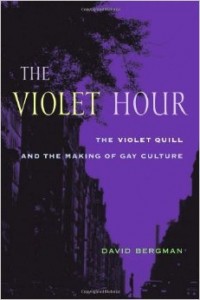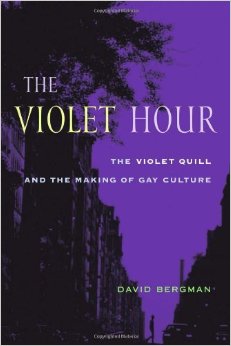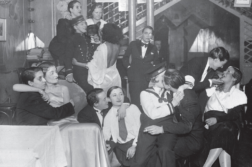 The Violet Hour: The Violet Quill and the Making of Gay Culture
The Violet Hour: The Violet Quill and the Making of Gay Culture
by David Bergman
Columbia University Press
288 pages, $62.50 ($24.50 paper)
READERS of late 20th-century gay fiction are well aware of the existence of the group of writers known as the Violet Quill (VQ). Of the original seven members, only three—Andrew Holleran, Felice Picano, Edmund White—are still alive, while the other four—Christopher Cox, Robert Ferro, and Michael Grumley (who were a couple, known collectively as the FG’s) and George Whitmore—all succumbed to AIDS in the 1980’s.
As David Bergman writes movingly in his new “biography” of the VQ, the story of the most famous circle of gay writers of the last generation must be placed within the context of AIDS.






